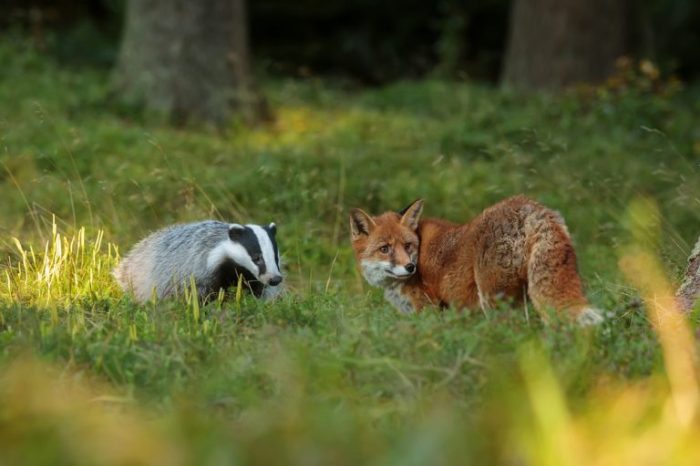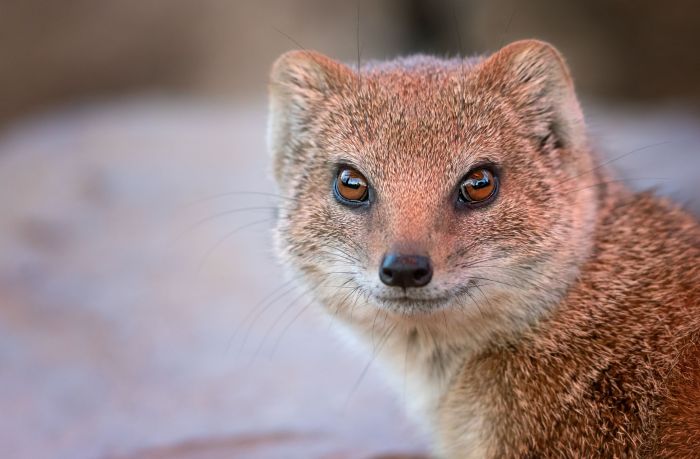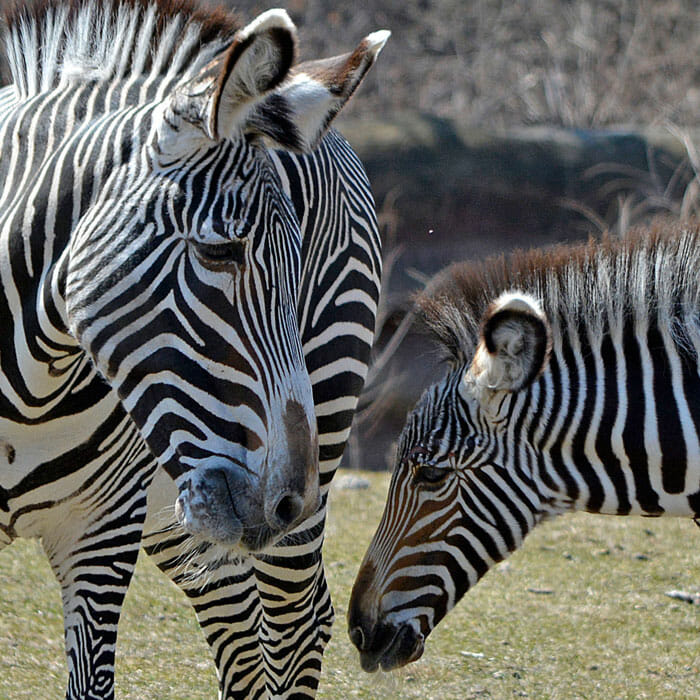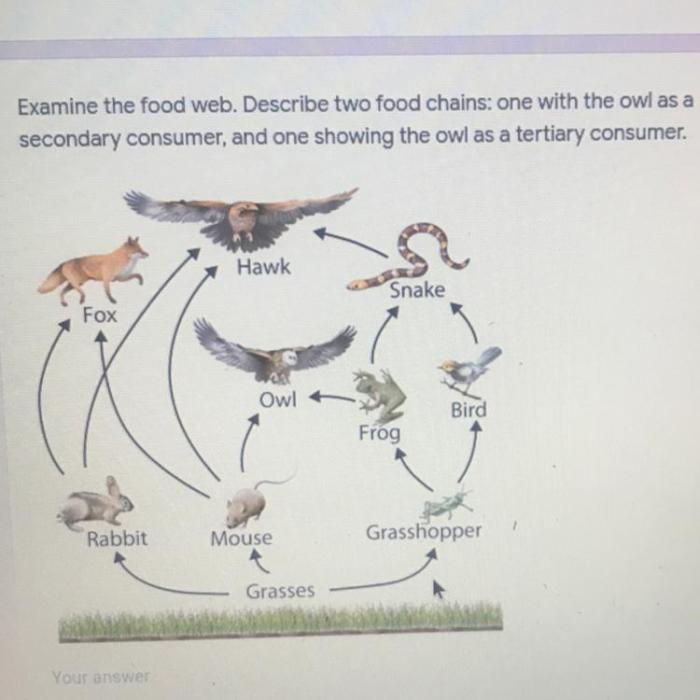What eats rabbits in the food chain? This question unveils a fascinating tapestry of predator-prey relationships, habitat dynamics, and evolutionary adaptations. Join us as we explore the intricate world of rabbits and their pursuers, uncovering the strategies they employ to survive and thrive within the delicate balance of nature.
From elusive foxes to formidable eagles, we’ll delve into the hunting techniques of various predators, examining their impact on rabbit populations. We’ll also uncover the habitats where these predators reside, understanding how food availability shapes their distribution and behavior.
Predators of Rabbits

Rabbits, as prey animals, face predation from various carnivores in their natural habitats. These predators play a crucial role in maintaining ecological balance and regulating rabbit populations.
Predators of rabbits employ diverse hunting strategies to capture their prey. Some, like foxes, rely on stealth and agility to ambush rabbits from a distance. Others, such as hawks and eagles, utilize their aerial advantage to spot and swoop down on unsuspecting rabbits.
Additionally, some predators, including snakes and owls, use camouflage and nocturnal behavior to gain an edge over their prey.
Impact on Rabbit Populations
The presence of predators has a significant impact on rabbit populations. Predation can limit rabbit population growth, as individuals are constantly at risk of being captured and consumed. This, in turn, can affect the availability of food resources for predators and influence the dynamics of the entire ecosystem.
Habitat and Food Sources of Predators: What Eats Rabbits In The Food Chain

The habitats of rabbit predators vary widely depending on the species. Some, like foxes and coyotes, are found in a wide range of habitats, including forests, grasslands, and deserts. Others, like bobcats and lynxes, are more specialized and prefer certain types of habitats, such as forests or mountains.
The availability of food sources is a major factor that influences the distribution of predators. Rabbits are a common prey item for many predators, so predators are often found in areas where rabbits are abundant.
Food Chains and Food Webs
Rabbits are part of a variety of food chains and food webs. In a simple food chain, rabbits are eaten by predators such as foxes, coyotes, and owls. In a more complex food web, rabbits may be eaten by predators such as foxes, which are then eaten by larger predators such as wolves or bears.
Rabbits are also an important food source for many scavengers, such as vultures and crows.
Adaptations of Rabbits to Avoid Predators

Rabbits have evolved various physical and behavioral adaptations to enhance their chances of survival and reproduction in the face of predators. These adaptations have been shaped by natural selection, favoring traits that increase their ability to evade detection, escape capture, and deter predators.
Physical Adaptations
Rabbits possess several physical adaptations that aid in predator avoidance. Their large, powerful hind legs enable them to make swift, evasive leaps when threatened. Their keen eyesight and acute hearing allow them to detect predators from a distance and react accordingly.
Additionally, rabbits have thick fur that provides insulation and camouflage, helping them blend into their surroundings.
Behavioral Adaptations
Rabbits exhibit a range of behavioral adaptations to minimize their vulnerability to predators. They are highly vigilant and constantly scan their environment for potential threats. When a predator is detected, rabbits will often freeze to reduce their visibility or flee in a zigzag pattern to make it harder for predators to anticipate their movements.
Rabbits also engage in social behaviors such as huddling together or forming colonies, which provides them with increased protection.
Effectiveness Against Predators
The effectiveness of rabbits’ adaptations varies depending on the type of predator they face. Against larger predators such as wolves or coyotes, rabbits’ physical adaptations, such as their speed and agility, are crucial for escaping capture. However, against smaller predators like foxes or weasels, rabbits’ behavioral adaptations, such as freezing or zigzagging, can be more effective in deterring pursuit.
Interactions within the Food Chain

Rabbits play a crucial role as prey species within the food chain, serving as a primary food source for a wide range of predators. Their abundance directly influences the populations of these predators, as well as other organisms in the ecosystem.
When rabbit populations are high, predators have ample prey to sustain their populations. This can lead to increased predator numbers and activity, which in turn can affect the populations of other prey species that compete with rabbits for resources. Conversely, when rabbit populations decline, predators may face reduced food availability, leading to decreased predator numbers and potentially cascading effects on the entire ecosystem.
Disruptions to the Food Chain, What eats rabbits in the food chain
Disruptions to the food chain, such as overhunting or habitat loss, can have significant consequences for both rabbits and their predators. Overhunting of rabbits can lead to population declines, reducing the food availability for predators and potentially leading to declines in predator populations as well.
Similarly, habitat loss can reduce the availability of food and shelter for rabbits, making them more vulnerable to predation and further disrupting the food chain.
Query Resolution
What are some common predators of rabbits?
Rabbits are preyed upon by a wide range of predators, including foxes, coyotes, wolves, owls, hawks, and snakes.
How do rabbits adapt to avoid predators?
Rabbits have developed several adaptations to avoid predators, including keen senses, camouflage, and the ability to run quickly and erratically.
What is the impact of predator-prey relationships on rabbit populations?
Predator-prey relationships play a crucial role in regulating rabbit populations, preventing them from becoming too abundant and damaging their environment.
